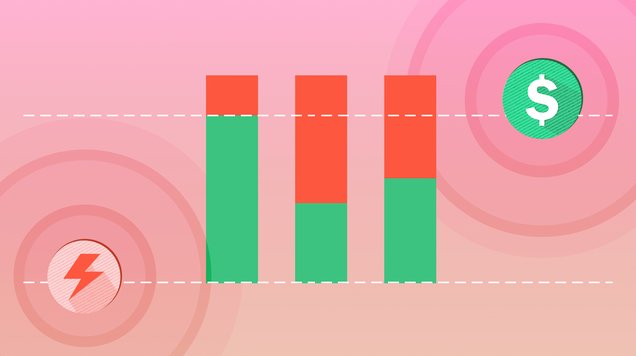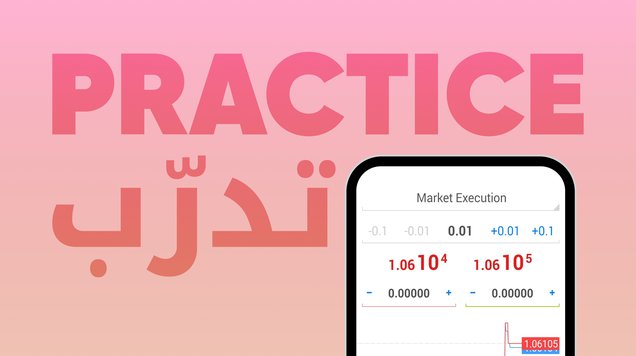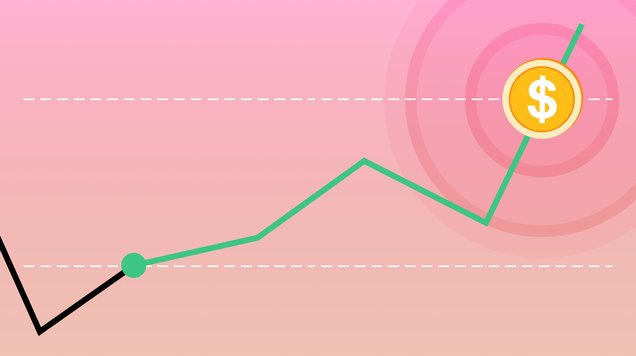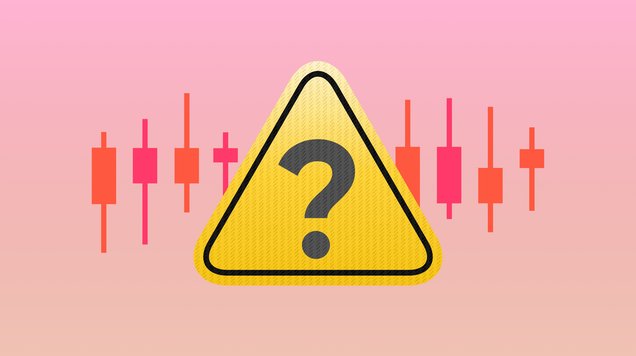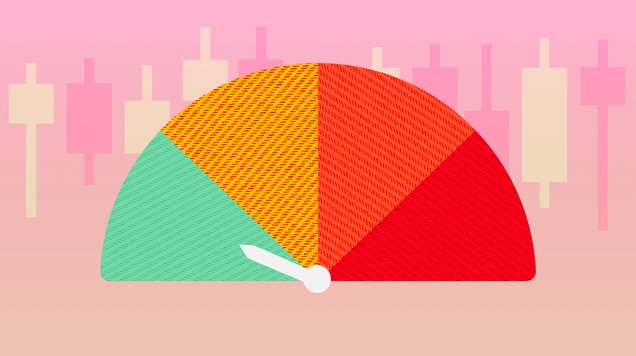Target Profit
Learn how to target profit levels and discover how setting a specific profit goal can help you manage risk and stay focused.
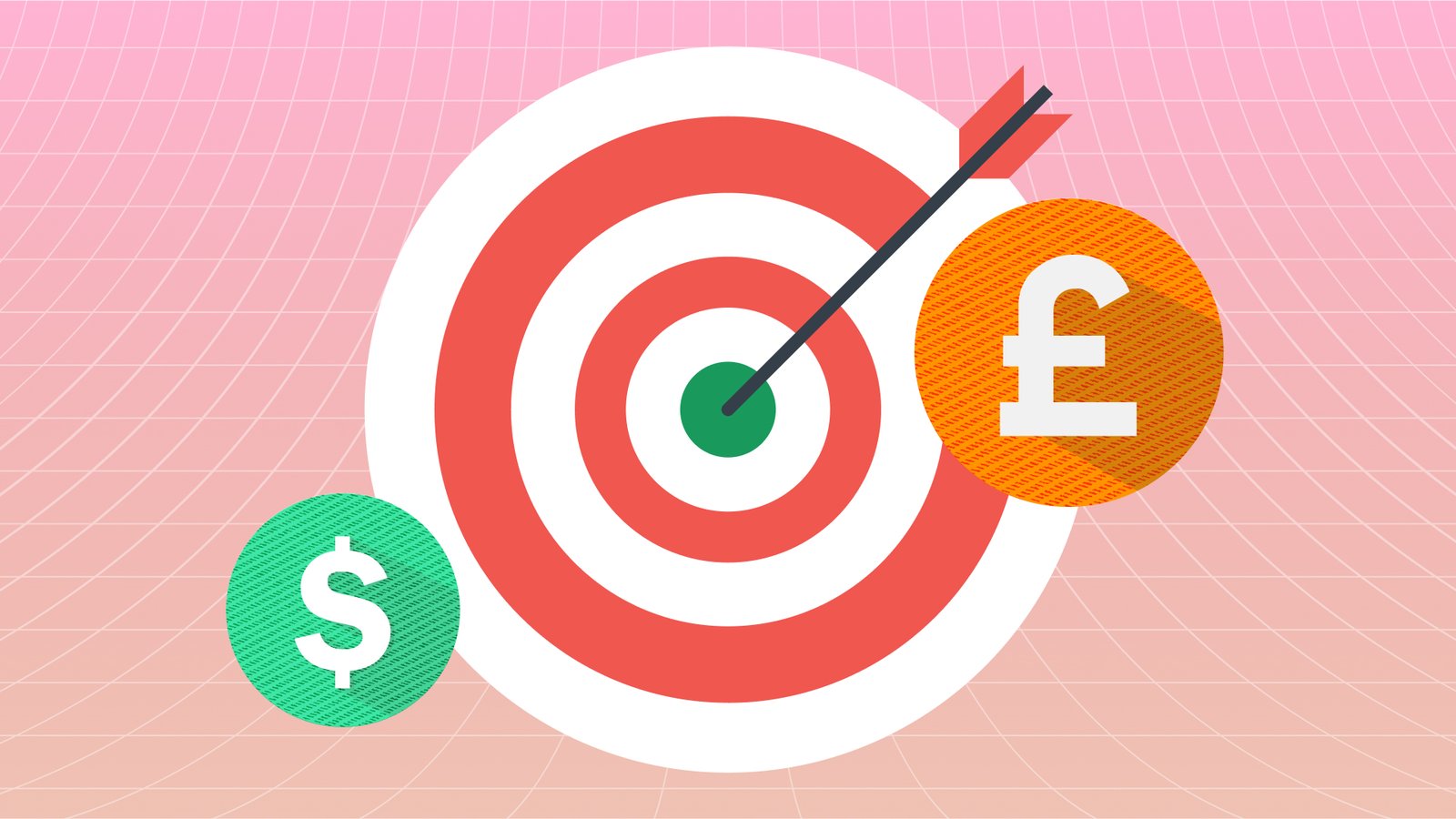
Target profit refers to the predetermined level at which a trader plans to close a position in order to capture profits
This helps maintain discipline and to provide a clear goal for what would be a good profit before exiting a trade
Various factors including risk appetite, market analysis and your personal goals will determine your ideal target profit level
Target profits can be calculated in pip movements, proportional change, or the overall profit amount
Usually, target profit levels are managed within trading platforms using automated functions like stop loss or take profit orders
What is target profit?
Target profit is the predetermined profit level at which traders decide to exit a position or instruct their trading platform to automatically close the trade at. This decision is integral to a trader's overall plan, where specific financial goals are set for individual trades or defined trading periods, such as daily, weekly, or monthly targets.
Defining a targeted profit for each trade gives traders a clear goal for their trades. Risk management is essential for sustainable trading, and a target profit is a way for traders to remain objective and avoid emotional bias caused by sudden volatility or unexpected market sentiment.
Traders should consider their risk appetite and personal goals when deciding their profit targets, and always use market analysis to have realistic expectations on the asset’s potential price movements.
You can set different target profits for different financial products in your portfolio. Even if you've set a profit target when you initially opened the trade, you can still review and adjust it later without closing the trade in the event market conditions or your goals shift.
How to determine target profit
Let’s have closer look at how experienced traders typically determine a profit target for a trade. This can be considered as a three-stage process.
Stage 1: Market analysis
Analysing markets in your preferred method, technical, fundamental, or both, is the first step and will be required to establish previous price action. From this information, you can establish what are the reasonable bounds within which your chosen instrument is likely to move.
Stage 2: Financial goals
Having a clear-eyed approach to what constituents a meaningful return, will guide your decision making on a profit level. Each trader's financial situation and goals are unique, and you should always include your objectives in your trading plan. Target profits should align with personal financial objectives in the short, medium, and long-term.
Stage 3: Risk tolerance
Traders will generally have a risk appetite that feels comfortable for them, given their capital, and normal biases. Understanding your risk tolerance is crucial and target profit settings should reflect how much risk a trader is willing to take.
A worked example: Setting a profit target for the Nasdaq index
Let’s look at how market analysis for a popular instrument like the Nasdaq-100 combines with your own personal target for profit.
In this scenario, the financial asset is the Nasdaq Composite Index, and the hypothetical opening price is 11,500 points.
First you should conduct your market analysis in various approaches to create a comprehensive view of the Nasdaq-100’s recent behaviour in the stock market.
1. Review historical data:
Examine Nasdaq's performance over the past weeks or months to understand the trend and analyse key support and resistance levels.
2. Economic indicators:
Consider the impact of recent economic reports (such as GDP, employment data, and inflation rates) on tech stocks which heavily influence the Nasdaq index.
3. Global market sentiment:
Evaluate how global events or market trends might affect investor sentiment towards technology stocks. For instance, factors like economic conditions, technological advancements, regulatory changes, or geopolitical tensions can impact investor sentiment in this sector.
4. Technical analysis:
Use technical indicators like Moving Averages, RSI (Relative Strength Index), or MACD (Moving Average Convergence Divergence) for insights on potential price movements.
In this example, the trader's goal is to achieve a 5% increase on the opening price of 11,500 points. Therefore, the target profit point will be 12,075 points (11,500 points (opening price) + 5% = 12,075). To limit risk, the trader will also set a stop loss 3% below the opening price at 11,155 points.
If the NASDAQ index reaches the value of 12,075 points, the trader will exit the position and gained 5% in profit. If the index falls to 11,155 points, the trader will close the trade to reduce losses to an accepted amount - and would likely attempt to place a new trade after further analysis has been conducted.
Target profit and diversification
Setting profit targets is closely tied to the risk-reward ratio. You should determine how much risk you are willing to take to achieve a certain profit. This ratio helps maintain discipline in trading and aligns with your overall portfolio's risk management strategy.
There is no one-size-fits-all solution when considering profit targets for your portfolio. Profit targets should be consistent with your broader portfolio diversification goals. For example, if you have a diversified portfolio of various assets, each asset or trade may have its own target profit level. These targets should be based on the asset's historical volatility and its role within the portfolio.
As with any strategy, you should keep reviewing previously established profit levels, your appetite for risk, and how markets look. As market conditions change, profit target levels may need to be revised to reflect new information and expectations. This adaptability is essential for successful trading within a diversified portfolio.
Target profit vs take profit
Target profit and take profit are both key terms in trading and essential for traders looking to build a balanced trading plan, but they are not exactly interchangeable.
Target profit is a wider term for traders setting profit goals for their trades. It refers to a strategy that guides traders to make disciplined decisions and not let emotions take control over the trades.
Take profit refers to the specific order type and risk management tool that is used by traders to instruct a platform to automatically close at a certain level in an attempt to lock in gains with less manual input. A take profit order can help mitigate the impact of potential trend reversals in the market as well
In other words, take profit orders can be seen as the tactical implementation of trader’s target profit strategy. You can set a take profit order when opening a position on an online trading platform based on your target profit level.
For example, imagine there is a bid and ask price for EUR/USD of 1.12000 and 1.1205, respectively. The difference is the spread. In this case the spread is 5 pips (0.0005). You may be bullish on EUR and expect it to increase in price or strengthen in comparison to USD. Given your market analysis, you expect the price to rise to 1.1250, a 50-pip movement. Setting your take profit order’s price level at 1.1245 means you could potentially lock in a 45-pip profit. Your profit will be based on this movement, your leverage, and the contract size.
However, it’s important to remember that take profit orders don’t offer any guarantee on profits and traders should always monitor their open positions. If it’s your first time using take profit orders, it always helps to test on a trading demo before investing your capital.



